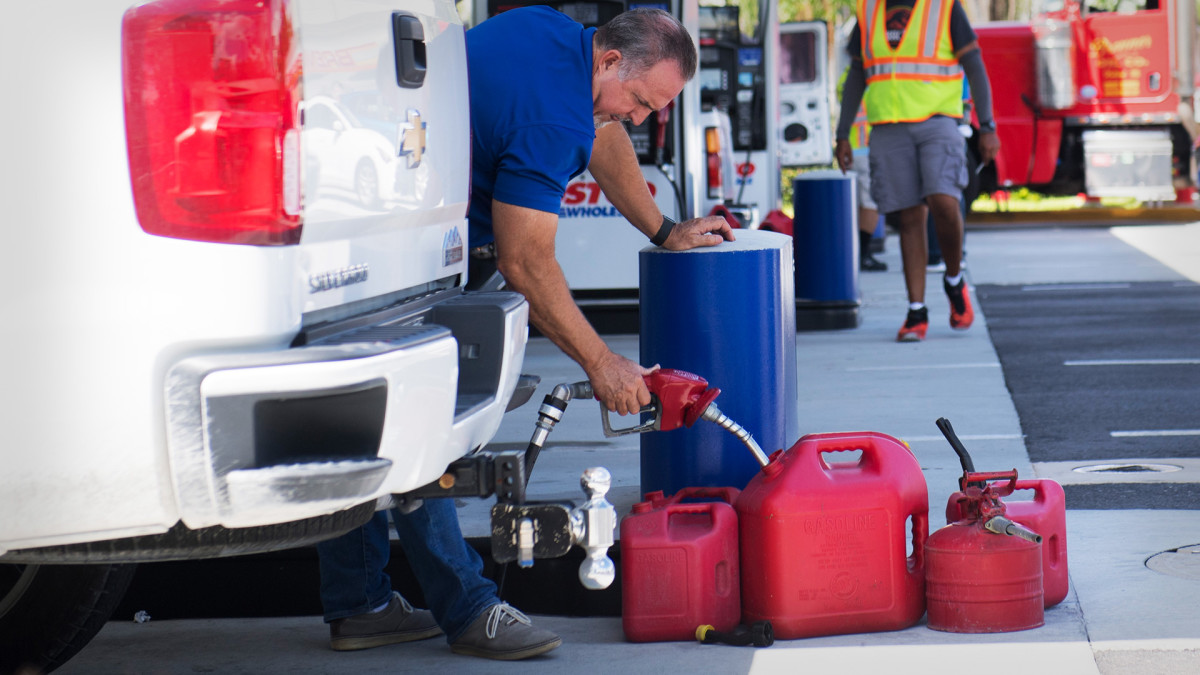
Gas prices tend to climb as the weather gets warmer and come back down to earth in the colder months. The difference between summer and winter gas is influenced by variety of factors. Patrick De Haan, Head of Petroleum Analysis at GasBuddy joined TheStreet to discuss these seasonal price differences.
Full Video Transcript Below:
J.D. DURKIN: Can you explain why summer gas is more expensive than winter blend gasoline?
PATRICK DE HAAN: Well, a lot of what is in winter gasoline is more volatile. Butane being the key difference here. Winter gasoline has a lot more butane. Butane is plentiful. It's cheap. It's really going for less than dollar a gallon. And when you put so much butane in that winter gasoline, you basically pull down the price. Now, in summer, there are different oxygenates replacing butane.
Butane is one of those things that's more volatile. It doesn't work as well in warmer weather and it causes more emissions. So butane comes out. There are other oxygenates to replace it, those oxygenates generally more expensive and thus the price. But half of it really is not the difference in components, but it's the logistical challenge of getting these summer blends to where they need to go. There are multiple different blends in use. Some some states have several different blends of summer gasoline. So the other part of it is a logistical challenge to supply all of these blends.
J.D. DURKIN: As we're having this conversation, Patrick, towards the end of the month of February, is it your expectation that we will see gas prices continue to go higher in the weeks and months ahead, I wonder.
PATRICK DE HAAN: I think that at least for now, we've seen a little bit of a pullback in the price of wholesale gasoline. I think mid-February, we shouldn't see the biggest increases. But once we start to get to March and April, really kind of the climax of refinery maintenance and that transition over to summer gasoline, I do expect some pretty noticeable increases. Though I think that by the time Memorial Day rolls around, we should start to see prices cooling. Still between now and then, we could see increases of anywhere from $0.25 to $0.50 a gallon.







